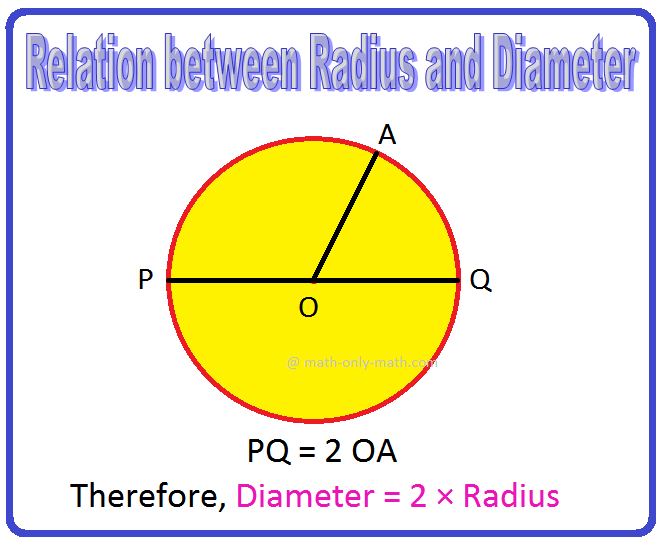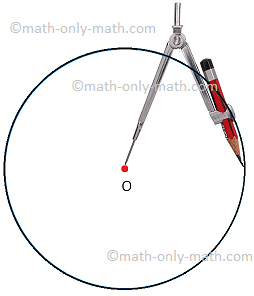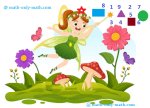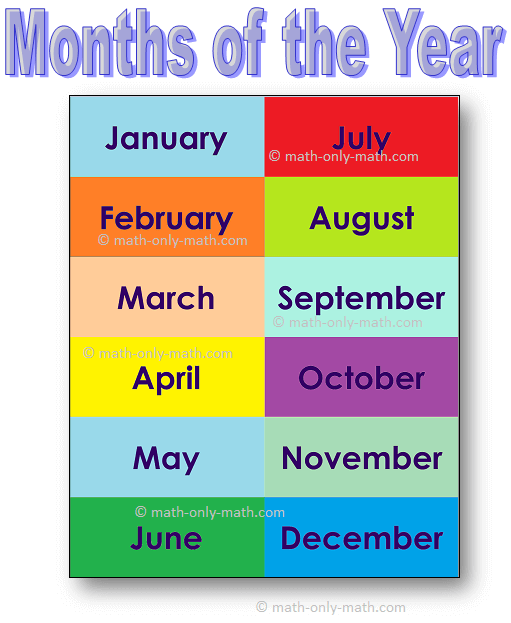Understanding Overheads Expenses
Knowing about cost price, selling price and rates of profit and loss, let us move a step ahead and know something about those expenses which add extra value to the cost price of a commodity. These extra expenses include shipping and delivering charges of commodity, insurance, repairs, rent, taxes, etc. These extra expenditures are known as overhead expenses.
For understanding this better let us have an example. Suppose a shopkeeper buys an almirah from retailer at a cost price of Rs 12,000. He needs to spend Rs 300 on its transportation. Then he spends Rs 500 on its maintenance. Now, these extra amount that shopkeeper pays other than the cost price, i.e., in transportation and maintenance, is known as overhead expenses. All these extras will be added into the cost price of the almirah. So, the total cost price of the almirah becomes Rs 12,000 + Rs 300 + Rs 500 = Rs 12,800. Now, the shopkeeper sells this almirah at a price of Rs 13,500 to a customer. Hence, in the deal shopkeeper has a profit of Rs 700.
Now let us have another example:
Suppose an exporter buys goods from India at total cost of $4000. He then takes them to Europe and sells these goods at total price of $5500. If we directly look at the cost price and selling price of the goods then it seems as if the exporter made profit of $1500 (profit = selling price – cost price). Does he really make profit of $1500? If we look at the problem we would find that actually he didn’t make profit of $1500. He must have spent some money on the transportation of goods from India to Europe. He must have paid his travelling expenses. If include all these expenses then he might be in loss or so. So, to find exact profit or loss we need to consider these extra expenses known as overhead expenses.
Let us try to solve some problems based on these concepts.
1. Aman buys some electronic goods at cost of Rs 8000. He spends Rs 600 on the transportation, etc. He then sells these goods for Rs 10,500. Find the profit/loss faced by him. Also find the percent for the same.
Solution:
Since, Aman buys the goods for Rs 8000 and spends Rs 600 on its transportation, so the total cost price of the goods become: Rs 8000 + Rs 600 = Rs 8600.
Now he sells these goods for Rs 10,500. So, the selling price of the goods is Rs 10,500.
Since the selling price is more than the cost price, so Aman has profit of: Rs 10,500 – Rs 8,600 = Rs 1,900.
Profit = Rs 1,900.
Profit percent = 22.09%.
2. A trader from Sydney buys computer for Rs30,000 and spends Rs1,000 as overhead expenses. He then sells it in Sydney for Rs25,000. Find profit/loss faced by him. Also, find the percent for the same.
Solution:
Since the trader buy the computer for Rs30,000 and spends Rs 1,000 as overhead expenses. So, cost price of the computer = Rs 30,000 + Rs 1,000 = Rs 31,000.
Selling price of the computer = Rs 25,000.
Since, cost price of the computer is more than its selling price, so the trader faces a loss of Rs 31,000 – Rs 25,000.
Loss = Rs 6,000.
Loss percent = 19.35%.
Profit and Loss
Cost Price, Selling Price and Rates of Profit and Loss
Problems on Cost Price, Selling Price and Rates of Profit and Loss
Understanding Overheads Expenses
Worksheet on Cost Price, Selling Price and Rates of Profit and Loss
Understanding Discount and Mark Up
Worksheet on Discount and Markup
Worksheet on the application of overhead Expenses
Worksheet on Successive Discounts
From Understanding Overheads Expenses to HOME PAGE
Didn't find what you were looking for? Or want to know more information about Math Only Math. Use this Google Search to find what you need.
Recent Articles
-
Symmetrical Shapes | One, Two, Three, Four & Many-line Symmetry
Apr 23, 24 04:50 PM
Symmetrical shapes are discussed here in this topic. Any object or shape which can be cut in two equal halves in such a way that both the parts are exactly the same is called symmetrical. The line whi… -
Relation between Diameter Radius and Circumference |Problems |Examples
Apr 23, 24 03:15 PM
Relation between diameter radius and circumference are discussed here. Relation between Diameter and Radius: What is the relation between diameter and radius? Solution: Diameter of a circle is twice -
Circle Math | Terms Related to the Circle | Symbol of Circle O | Math
Apr 22, 24 01:35 PM
In circle math the terms related to the circle are discussed here. A circle is such a closed curve whose every point is equidistant from a fixed point called its centre. The symbol of circle is O. We… -
Preschool Math Activities | Colorful Preschool Worksheets | Lesson
Apr 21, 24 10:57 AM
Preschool math activities are designed to help the preschoolers to recognize the numbers and the beginning of counting. We believe that young children learn through play and from engaging -
Months of the Year | List of 12 Months of the Year |Jan, Feb, Mar, Apr
Apr 20, 24 05:39 PM
There are 12 months in a year. The months are January, February, march, April, May, June, July, August, September, October, November and December. The year begins with the January month. December is t…





